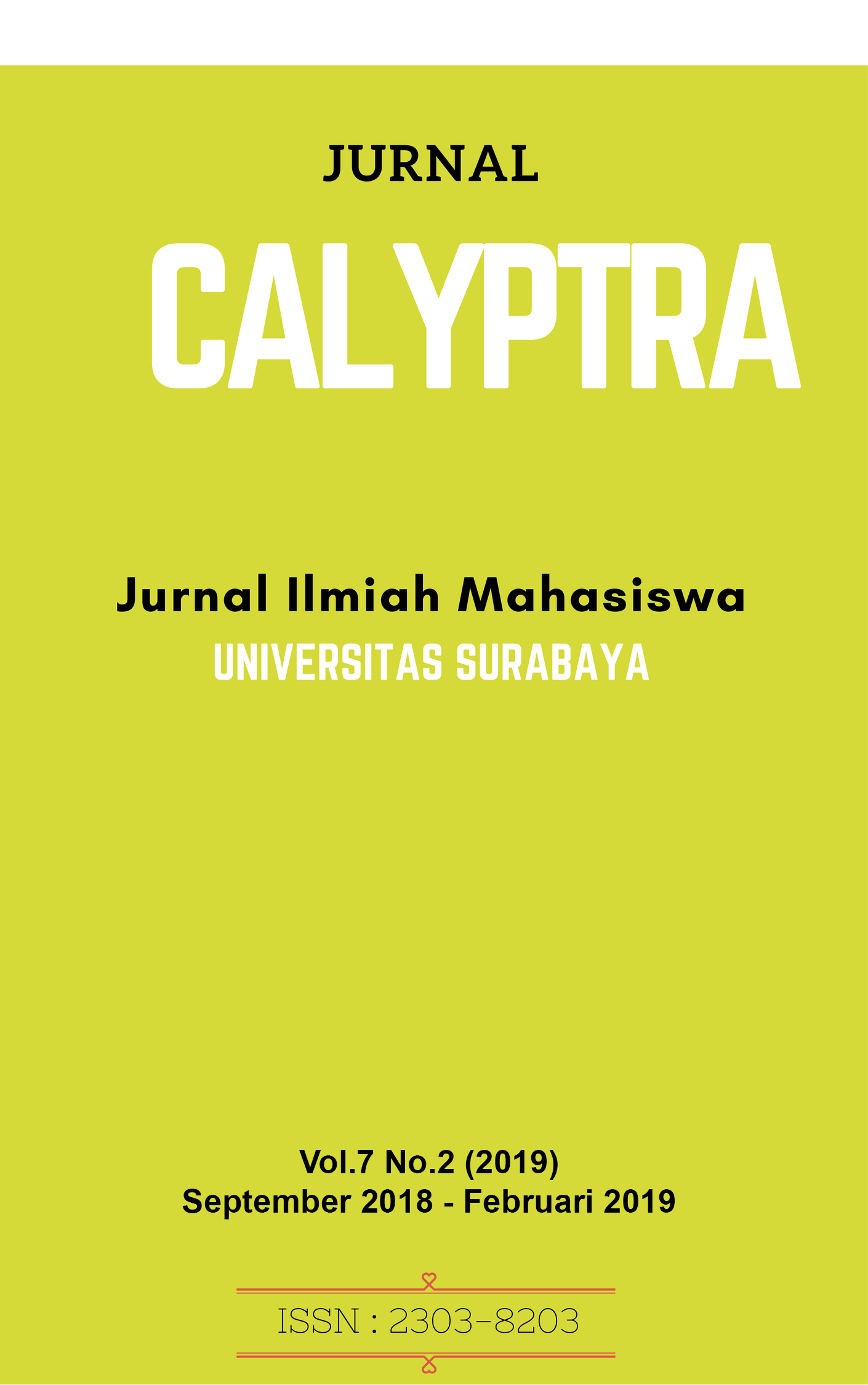PEMBUATAN MOTION COMIC PERJALANAN HIDUP IR.SUKARNO
 Abstract Views:
211 times
Abstract Views:
211 times
 PDF - FULL TEXT Downloads:
137 times
PDF - FULL TEXT Downloads:
137 times
Abstract
Ir.Sukarno was an important figure in Indonesia. He was not only the first president in Indonesia, but he also the founder of Pancasila. Unfortunately, the fifth graders interest in learning his biography is so weak. It is because the media used in teaching-learning process is full of texts and visualization in the explanation is not provided. To enhance student interests in learning Ir.Sukarno’s biography, it is necessary to apply an alternative media which is fascinating for students. Getting to know the problem, the researcher did analysis toward a certain media and particular needs of system, so the researcher designed Motion Comic Application dealing with the biography of Ir. Sukarno for fifth graders of Elementary school. The phases from designing characters to designing pages were implemented through this final project. The Motion Comic application regarding to Ir.Sukarno’s biography has several optional menu such as chosen stories, synopsis, figures, and credits. The menu of chosen storiesconsists of four motion comic videos while the menu of synopsis composes four summaries of each video. Further, the menu of figures talks about characters involved in the stories. The menu of credits consists of creator’s information two advisors, and the sources of audios applied in the Motion Comic of Ir.Sukarno’s biography. This application was implemented by using Adobe Illustrators CS6, Adobe Flash Professional CS6, Adobe Effect CS6, and Garage Band. After conducting the implementation of the application, the researcher employed an experiment and evaluation. The result shows that Motion Comic application of Ir.Sukarno’s biography is appealing and can trigger young learners to recognize the life stories of Ir. Sukarno.
Downloads
References
Salam, S. (1982). Bung Karno Putera Fajar. Jakarta: PT.Gunung Agung.
Smith, C. (2015).Motion Comics: The Emergence of a Hybrid Medium. Writing Visual Culture, 6. Diakses Juli 2016, dari https://www.herts.ac.uk/__data/assets/pdf_file/0018/100791/wvc-dc7-smith.pdf
- Articles published in CALYPTRA are licensed under a Creative Commons Attribution-ShareAlike 4.0 International license. You are free to copy, transform, or redistribute articles for any lawful purpose in any medium, provided you give appropriate credit to the original author(s) and the journal, link to the license, indicate if changes were made, and redistribute any derivative work under the same license.
- Copyright on articles is retained by the respective author(s), without restrictions. A non-exclusive license is granted to CALYPTRA to publish the article and identify itself as its original publisher, along with the commercial right to include the article in a hardcopy issue for sale to libraries and individuals.
- By publishing in CALYPTRA, authors grant any third party the right to use their article to the extent provided by the Creative Commons Attribution-ShareAlike 4.0 International license.



